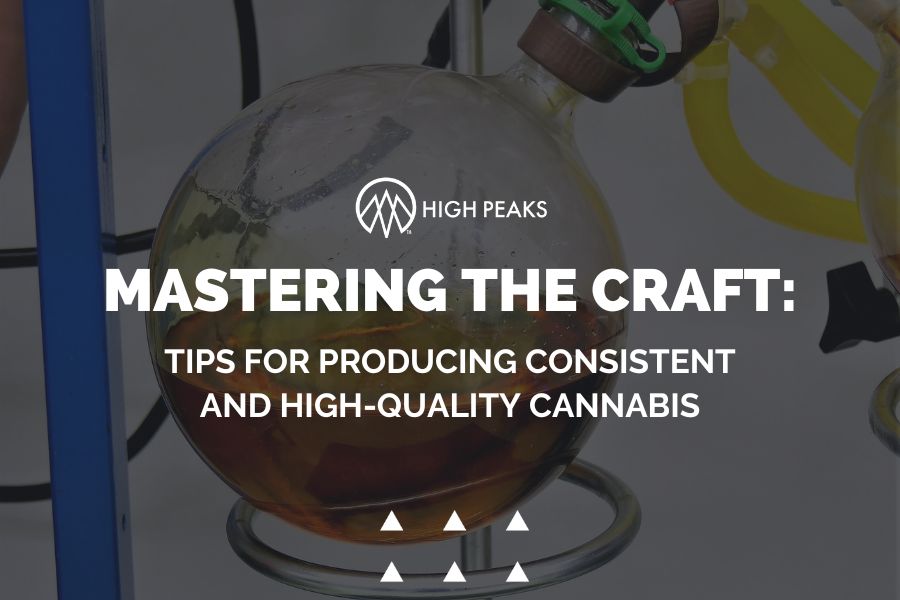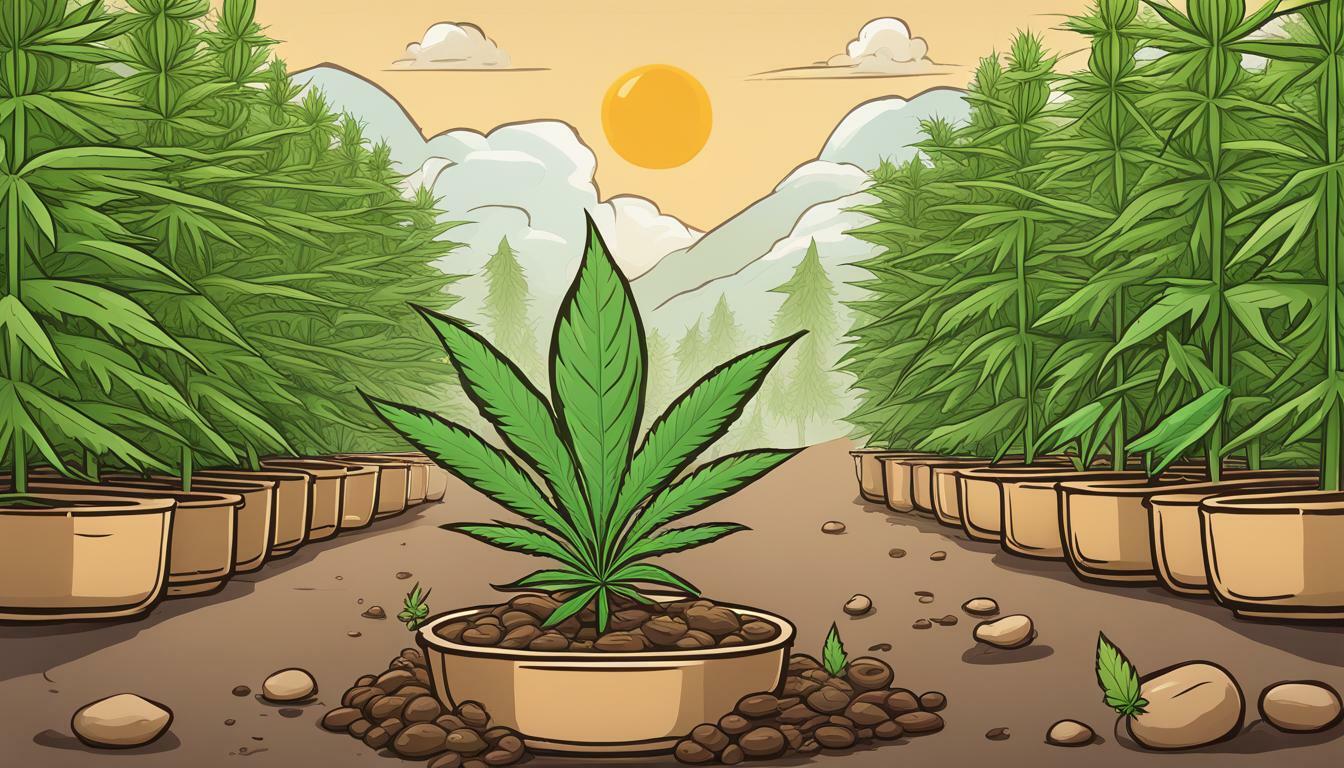In the world of cannabis cultivation, consistency and quality reign supreme. As more and more enthusiasts demand top-notch products, it’s crucial for growers to fine-tune their methods to ensure they’re meeting these high expectations. Below, we’ll explore the essential components for producing consistent, high-quality cannabis, from the perfect growing environment to the importance of genetics and the best harvesting techniques.
The Perfect Growing Environment
Establishing an optimal growing environment is the cornerstone of producing consistent, high-quality cannabis. The key factors to consider are lighting, temperature, humidity, and air circulation. Here’s what to focus on:
- Lighting: Cannabis plants require a specific light spectrum to thrive. Use full-spectrum LED lights or High-Pressure Sodium (HPS) lamps to mimic natural sunlight and encourage healthy growth.
- Temperature: Maintain a consistent temperature between 70-85°F during the vegetative stage and 65-80°F during the flowering stage. Consistent temperatures promote even growth and prevent stress on the plants.
- Humidity: Keep humidity levels between 40-70% during the vegetative stage and 40-50% during the flowering stage. Proper humidity levels prevent mold growth and create a comfortable environment for your plants to thrive.
- Air circulation: Ensure adequate air circulation to prevent stagnant air and provide a constant supply of fresh carbon dioxide. Use oscillating fans to maintain proper air exchange and help strengthen plant stems.
The Power of Genetics
Genetics play a significant role in determining the quality and potency of cannabis. To produce consistently high-quality cannabis, start by selecting the best strains that have been bred for their desirable traits. Here are some tips to help you choose the right genetics:
- Research: Learn about the strains that have a reputation for producing high-quality, consistent results. Look for strains with a history of stable genetics, high potency, and desirable terpene profiles.
- Source: Purchase seeds or clones from reputable suppliers to ensure you’re starting with the best possible genetics. Read reviews and ask for recommendations from experienced growers.
- Experiment: Test multiple strains to determine which one works best for your specific growing environment and goals. Keep detailed records of each strain’s performance, and refine your selections based on the results.
Harvesting and Curing for Quality
The harvesting and curing processes directly impact the final quality of your cannabis. To ensure a consistently superior product, follow these guidelines:
- Harvest timing: Monitor trichomes to determine the optimal harvest time. Clear or cloudy trichomes indicate that the plant is not yet fully mature, while amber trichomes signal the plant is past its peak. Strive for a balance of milky-white and amber trichomes for the best results.
- Drying: Dry your cannabis slowly and evenly in a dark, well-ventilated space with temperatures between 60-70°F and humidity levels around 50%. This process typically takes 7-14 days.
- Curing: Once the cannabis is dry, trim and place the buds in airtight containers, stored in a cool, dark place. Open the containers for a few minutes daily to release moisture and prevent mold growth. Cure your cannabis for at least 2-4 weeks to enhance its flavor, potency, and overall quality.
High Quality
Producing consistent and high-quality cannabis involves a combination of creating an optimal growing environment, selecting top-tier genetics, and perfecting your harvesting and curing processes. By mastering these aspects of cultivation, you’ll be well on your way to satisfying the demands of even the most discerning cannabis connoisseurs.




